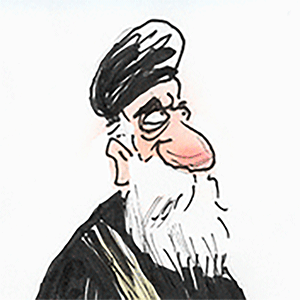Drone strikes hit Moscow and Kyiv -- in the growing world of drone warfare, anything goes when it comes to international law
Published in Political News
Consumer drone shipments, globally, topped 5 million units in 2020 and are expected to surpass 7 million by 2025.
Sales of drones globally were up 57% from 2021 to 2022.
With the exponential rise in drone purchases over the last few years, there are few constraints for buyers, creating a wild, wild west of uncontrolled access and usage.
Each country is free to decide when and where drones fly, without answering to any other country or international authority governing drones. There is little on-the-ground guidance on the rules of the sky.
Each country has a unique interest in getting and using drones.
China is increasingly using sophisticated drones for covert surveillance, especially in international waters to patrol the disputed islands in the South China Sea. Its expanding drone program has influenced other countries like the U.S. to also invest more in the technology.
Turkey’s military has a highly sophisticated drone, the Bayraktar TB2, which is capable of carrying laser-guided bombs and small enough to fit in a flatbed truck.
The United Arab Emirates imports drones from China and Turkey to deploy in Yemen and Libya to monitor warlords in case conflict breaks out.
And South Korea is considering starting a special drone unit after it failed to respond to a recent North Korean drone incursion. When North Korea deployed five drones toward its southern neighbor in December 2022, South Korea had to scramble its fighter jets to issue warning shots.
The countries with armed drones are individually navigating their own rules instead of an international agreed-upon set of regulations.
...continued







Comments